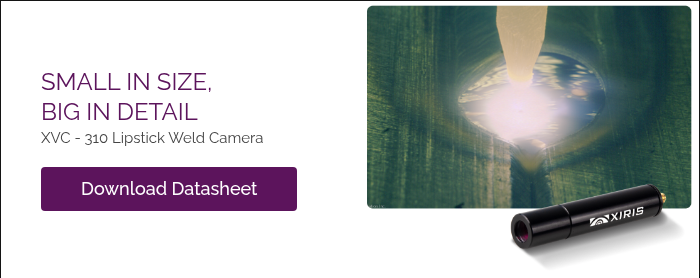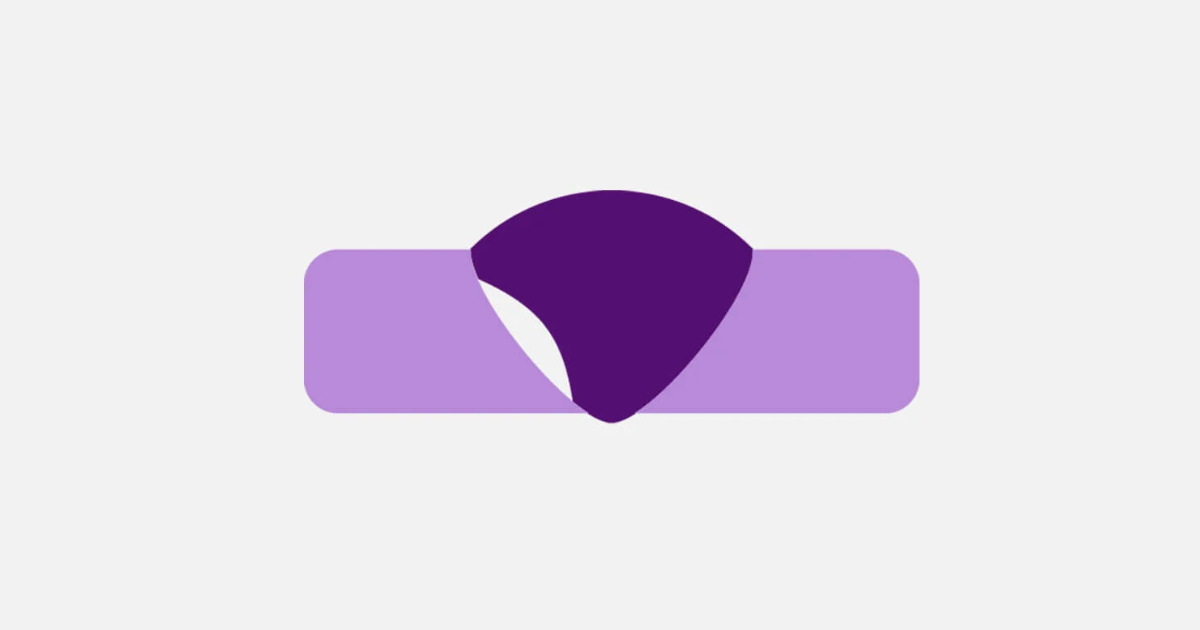What is porosity in welding?
Porosity in welding refers to small cavities or holes that form within the weld metal due to trapped gas as the metal solidifies. These gas pockets compromise the weld's structural integrity, potentially leading to weaker joints, increased susceptibility to corrosion, and even failure under stress. Understanding and addressing porosity is crucial across all welding applications to maintain high-quality and durable welds, and is a fundamental concern in welding engineering when evaluating joint reliability and performance.
Porosity detection in video
Video: Porosity Due To Lack of Shielding Gas
This footage captures the effects of insufficient shielding gas in GMAW, leading to significant porosity formation. The porosity distribution suggests disturbances in shielding gas coverage, potentially from turbulence, contamination, or incorrect gas flow settings. The analysis provides insights into gas metal interaction and defect mitigation in controlled welding environments.
Video: GMAW - Stainless Steel - Robotic Automotive - Porosity Defects
During the robotic GMAW process on stainless steel, notable porosity defects are evident, most likely arising from variations in the shielding gas, oxidation phenomena, or entrapped contaminants. Furthermore, the uneven bead formation indicates a shortfall in process control, thereby underlining the importance of refining welding parameters and bolstering environmental shielding conditions to minimize gas entrapment.
Video: GMAW - Short Circuit - Butt Weld - Trailing Side View - Identified Porosity Defect
This video documents a GMAW short circuit process on a butt weld, captured from a trailing side perspective. Although the welding arc remains active, porosity defects are consistently observed along the bead. These imperfections originated from surface contamination in the central section of the weld.
12 Common Causes of Porosity in welding
While different types of porosity in welding arise from various specific causes, many of these stem from broader common issues. Below is a summarized list of some of the typical causes of porosity:
- Gas Absorption in the Molten Pool: Porosity is often caused by the absorption of atmospheric gases mainly nitrogen, oxygen, and hydrogen—into the molten weld pool. Insufficient shielding or moisture in consumables allows these gases to be trapped during solidification, leading to pore formation.
- Inadequate Gas Shielding: A proper, uninterrupted flow of shielding gas is essential. Leaks, excessive flow, drafts, or turbulence can allow air to mix with the weld pool, resulting in the absorption of unwanted gases and subsequent porosity.
- Surface Contamination: Contaminants like oil, grease, rust, and dust on the workpiece or filler materials release gases when heated. Without thorough cleaning, these substances become a direct source of porosity in the weld.
- Improper or Excessive Surface Coatings: Overly thick primers, paints, or zinc coatings generate fumes during welding. These fumes introduce extra gases into the weld pool, significantly increasing the risk of both fine and surface-breaking porosity.
- Joint Geometry Issues: Certain joint configurations, especially those with crevices or confined areas (such as in T joints or fillet welds), can trap gases. This entrapment often results in elongated pores (wormholes) that weaken the weld structure.
- Improper Welding Technique: Techniques that involve abrupt arc shutdown or inconsistent parameter control can lead to rapid solidification, trapping gases in the weld metal. Maintaining a steady arc and appropriate welding parameters is crucial to avoid defects like crater pipes.
-
Moisture in Electrodes or Fluxes: Consumables like SMAW electrodes, FCAW wires, and SAW flux can absorb moisture from the environment. When exposed to the arc, this moisture releases hydrogen gas, increasing the likelihood of porosity and hydrogen-induced cracking. Proper storage in ovens or dry containers is essential to minimize this risk.
- Excessive Shielding Gas Flow: Too much gas flow can cause turbulence around the weld zone, drawing in atmospheric air instead of protecting the weld. This air entrainment introduces oxygen and nitrogen into the molten pool, leading to gas entrapment and pore formation.
-
Clogged or Damaged Nozzles: Spatter accumulation or mechanical damage at the gas nozzle can obstruct shielding gas coverage. This interruption allows ambient air to infiltrate the weld pool, resulting in porosity along the bead.
-
Contaminated Filler Materials: Paint, oil, or glue on welding wire or filler rods vaporizes under high heat, introducing gas into the weld pool. Even gloves contaminated with grease during GTAW can transfer residue to the filler, contributing to porosity formation.
- Improper Torch Angle or Distance: Holding the welding torch too far from the workpiece or at an incorrect angle dilutes shielding gas effectiveness. A poor torch position can create low-pressure zones where air is pulled into the weld, compromising gas coverage and increasing porosity.
-
Welding Near Edges or Open Roots: Welding close to the edge of a joint or over open root gaps can allow atmospheric gases to be drawn from the backside of the weld. This air absorption is especially common in outside corner joints or poorly fitted butt welds.
Types of Porosity in Welding
Welding porosity can manifest in several distinct forms, each with unique characteristics and causes. From scattered and uniform porosity to more complex issues like linear and wormhole porosity, understanding these types is essential for identifying defects and improving weld integrity.
Scattered Porosity:
Scattered porosity is characterized by small holes distributed randomly throughout the weld. Scattered porosity lacks a specific pattern and can appear as "spots" of gas pockets in the weld.
- Common Causes: Often due to issues with shielding gas, contamination on the metal surface, or an improper gas mixture. Moisture and dirt on the base material can also contribute.
- Effect: Reduces the overall strength of the weld and can be a starting point for corrosion or cracks.
Linear porosity:
Linear porosity appears as a line of holes or cavities following a specific path along the weld, either on the surface or deeper within the weld.
- Common Causes: Typically caused by consistent process issues, such as a gas leak or contamination that follows a repetitive pattern during welding.
- Effect: This type of porosity creates a critical weak point, making the weld more susceptible to structural failure.
Uniform porosity:
Uniform porosity involves cavities that are more consistently distributed. Although it resembles scattered porosity, the holes appear more regularly spaced or grouped.
- Common Causes: Often results from recurring contamination or systematic issues in gas flow during the welding process.
- Effect: Even a "controlled" distribution of porosity can negatively affect the durability and strength of the weld.
Wormhole porosity:
Identified by elongated holes resembling tunnels or "wormholes," this type of porosity extends deeper into the weld.
- Common Causes: Usually a result of gas entrapment during welding, improper shielding, or unwanted gases in the base metal.
- Effect: Wormhole porosity can significantly compromise the weld's structural integrity, making it prone to cracks or failure.
Crater porosity:
Crater porosity occurs at the end of a weld when the molten metal fails to solidify uniformly, leaving a depression or "crater."
- Common Causes: Often happens when the welding process is not properly concluded, leaving a concave crater at the weld's endpoint.
- Effect: This can create stress concentrations, leading to potential cracking or failure.
How to prevent porosity in welds
As discussed earlier, porosity can compromise the strength and durability of a weld. While the causes are varied and complex, there are key steps you can take to minimize their occurrence. These practical measures address many of the common causes of porosity and lay the groundwork for producing high-quality welds that meet procedure qualification requirements.
-
Clean Surfaces Thoroughly: Dirt, grease, oil, and rust on the base material release gases during welding, causing porosity. Proper cleaning with tools like wire brushes, grinders, or chemical solutions ensures a clean starting point.
-
Ensure Proper Shielding Gas Coverage: Shielding gas prevents atmospheric contamination in the weld pool. Using the correct gas mixture and maintaining consistent flow rates minimizes turbulence and gas entrapment.
-
Store Welding Consumables Correctly: Moisture and contaminants in filler materials or electrodes introduce gases into the weld. Proper storage, such as using sealed containers or dry environments, helps avoid these issues.
-
Optimize Welding Techniques: Variables like arc length, welding angle, and travel speed can disrupt the weld pool and lead to porosity. Following best practices and maintaining control over these parameters reduces defects, but doing so effectively requires solid technical knowledge and training.
-
Control Environmental Conditions: Wind, drafts, or air currents can interfere with shielding gas, allowing atmospheric gases into the weld. Using barriers or enclosures, especially when working outdoors, helps maintain a stable weld environment.
While these measures are effective for preventing surface-level and simpler forms of porosity, more complex welds present greater challenges. Subsurface porosity and other hidden defects may still occur, especially in critical applications. Detecting and assessing porosity, whether visible or concealed, becomes essential to ensuring weld integrity and achieving reliable outcomes in product testing protocols. From visual inspections to advanced testing methods, identifying porosity is essential to confirm the reliability of a weld. Let’s explore the techniques used to detect and assess porosity in welds.
Traditional methods to detect porosity in welds
Visual Inspection Techniques:
Surface porosity is often visible as small pinholes or pits. This straightforward method allows welders and quality teams to identify potential defects during manufacture inspection before final approval.
However, not all porosity is visible; subsurface porosity can remain hidden, requiring additional inspection.
Non-Destructive Testing (NDT) Methods:
To uncover hidden porosity, several NDT techniques are used, including:
- Radiographic Testing (RT): Uses X-rays or gamma rays to reveal internal weld structures and detect hidden cavities.
- Ultrasonic Testing (UT): Sound waves detect imperfections within the weld by analyzing reflections or wave pattern changes.
- Dye Penetrant Testing (PT): Effective for surface-breaking porosity; A dye is applied to the inspection material and will seep into cracks or pores, becoming visible with a developer.
Common Indicators of Porosity Issues
- Surface Pores or Pits on the Weld Bead: Small pinholes on the surface often indicate trapped gas, potentially signaling deeper issues within the weld.
- Spattering During Welding: Excessive spatter may point to poor shielding, contamination, or parameter fluctuations, all of which can lead to porosity.
- Weakness or Cracking Under Stress: Porous welds are weaker and more likely to crack under stress, reducing their overall durability and lifespan.
- Inconsistent Weld Appearance or Color: Uneven coloration or texture may indicate trapped gases or insufficient shielding, hinting at hidden porosity.
Using High-Tech Weld Camera Systems to Detect Signals of Porosity in Welds
Xiris Weld Monitoring Cameras offer cutting-edge solutions for detecting behaviors in the melt pool and it’s temperature, these can indicate porosity and other defects in welds, helping welders fix and avoid potential issues. With High Dynamic Range (HDR) capabilities and powerful machine vision tools, these cameras reveal many imperfections that might otherwise go unnoticed.
Xiris weld cameras are designed for easy integration to existing weld automation with robust IP65-rated housings that can withstand harsh industrial environments. This durability makes them suitable for a wide range of welding applications, from light manufacturing to heavy industry.
By providing clear, real-time visual feedback, Xiris cameras empower welders to maintain superior weld quality and achieve exceptional results in their operations.
A Xiris Welding Camera, paired with the Xiris Audio AI tool,
detecting and warning about porosity during a weld process.
The Xiris Audio AI Tool monitors weld audio in real-time, measuring signals to alert the system or operator if an anomaly, such as porosity issues, is detected. Alerts can be recorded with video or process data for further evaluation. This tool is available in WeldStudio™ 3 Pro.
Pro software at https://info.xiris.com/xiris-weldstudio-3-weldstudio-3-pro
Related Articles on Welding Porosity
How to Use Temperature Measurement to Overcome Aluminum Welding Challenges with Fronius CMT
Using a Weld Camera for Monitoring GMAW
Using Video and Audio to Help Detect Welding Defects







